Home>Ideas and Tips>Creating A Functional Home Office In A Dining Room
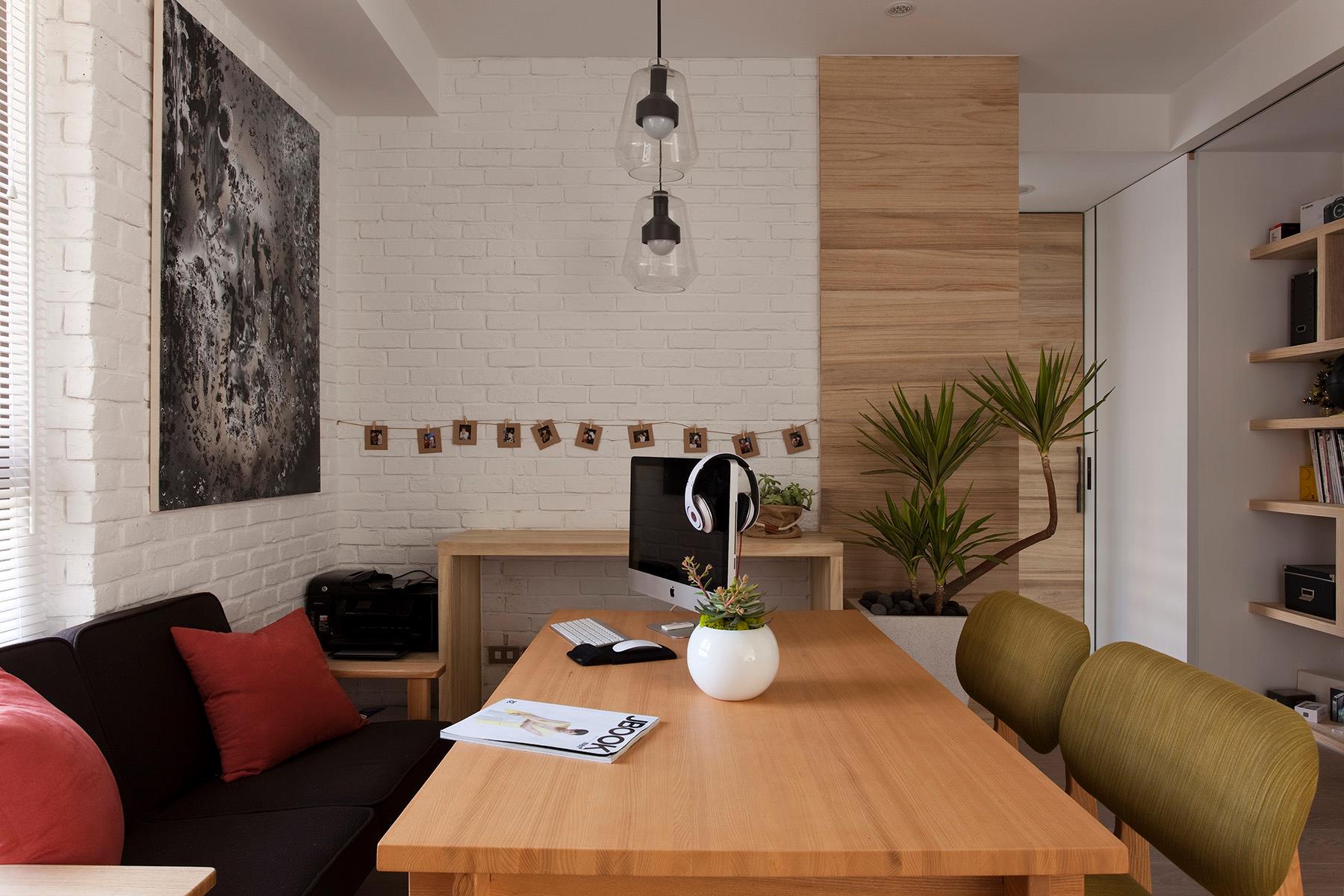

Ideas and Tips
Creating A Functional Home Office In A Dining Room
Modified: September 1, 2024
Transform your dining room into a functional home office with our comprehensive guide. Maximize space, select the right furniture, and boost productivity.
(Many of the links in this article redirect to a specific reviewed product. Your purchase of these products through affiliate links helps to generate commission for Storables.com, at no extra cost. Learn more)
Creating a functional home office in a dining room might seem like a tall order, but it's totally doable with a bit of creativity and planning. Many of us are finding that we need a dedicated workspace at home, but not everyone has a spare room to convert into an office. That's where the dining room comes in. With the right approach, you can transform your dining room into a productive and comfortable workspace without sacrificing its original purpose.
Assessing Your Space
First things first, you need to assess your dining room. Measure the room carefully, including the dimensions of any built-in furniture or architectural features. Think about the natural light, electrical outlets, and any other factors that might impact your design. This step is crucial because it helps you understand what you're working with and how to make the most of it.
Identifying Key Areas
- Workstation Area: This is where your desk, chair, and any necessary equipment will go. Make sure there's enough space for your workstation without making the room feel cramped.
- Storage: You'll need storage solutions for your office supplies, files, and other materials. This could include bookshelves, file cabinets, or even a storage ottoman.
- Seating Area: If you plan to use the dining room for both work and relaxation, consider adding a comfortable seating area where you can take breaks or meet with clients.
- Technology Zone: If you need a dedicated area for your computer setup or other electronic devices, identify a spot that's convenient yet out of the way.
Planning Your Layout
A well-planned layout is essential for creating a functional home office in your dining room. Here are some tips to help you plan effectively:
Using Zones
Divide your dining room into different zones based on their intended use:
- Workstation Zone: This should be the most prominent area where you'll spend most of your time.
- Storage Zone: Place storage solutions like bookshelves or file cabinets in a corner or along a wall to keep clutter at bay.
- Seating Zone: Position comfortable seating near a window or in a cozy corner for relaxation.
- Technology Zone: Designate an area specifically for your computer setup or other electronic devices.
Maximizing Space
To maximize space in your dining room, consider the following strategies:
- Multifunctional Furniture: Choose furniture pieces that serve multiple purposes, such as a storage ottoman or a desk with built-in storage.
- Vertical Storage: Use wall-mounted shelves, hooks, or cabinets to keep your workspace organized and clutter-free.
- Compact Desks: Opt for compact desks that can fit snugly into a corner or against a wall.
Selecting Furniture
The right furniture can make or break the functionality of your home office. Here are some tips for selecting the perfect pieces:
Workstation Furniture
- Desk: Choose a desk that fits comfortably in the designated workstation area. Consider a compact desk with built-in storage to keep your workspace organized.
- Chair: Invest in a comfortable office chair that provides adequate support for long working hours.
- Ergonomic Accessories: Add ergonomic accessories like a standing desk converter or a document holder to enhance your working experience.
Storage Solutions
- Bookshelves: Install bookshelves along walls to store books, binders, and other reference materials.
- File Cabinets: Use file cabinets for storing important documents and papers.
- Storage Ottomans: Place storage ottomans under your desk or in a corner for additional storage.
Seating Area Furniture
- Sofa or Armchair: Choose a comfortable sofa or armchair for your seating area.
- Coffee Table or Side Table: Add a coffee table or side table for placing drinks, snacks, or other items.
Incorporating Technology
Incorporating technology into your home office is crucial for efficiency and productivity. Here’s how you can do it:
Setting Up Your Computer
- Desk Setup: Position your computer on your desk in a way that minimizes distractions and maximizes visibility.
- Monitor Placement: Place your monitor at eye level to avoid straining your neck or eyes.
- Keyboard and Mouse Placement: Position your keyboard and mouse within easy reach to reduce strain on your hands and wrists.
Additional Technology
- Printer and Scanner: Install a printer and scanner in your technology zone for easy access to printing and scanning documents.
- Whiteboard or Bulletin Board: Add a whiteboard or bulletin board for jotting down notes or reminders.
- Smart Home Devices: Consider integrating smart home devices like smart lighting or smart speakers to enhance your working experience.
Enhancing Aesthetics
A well-designed space not only boosts productivity but also enhances your overall well-being. Here are some tips for enhancing the aesthetics of your home office:
Lighting
- Natural Light: Maximize natural light by keeping windows unobstructed or using sheer curtains to filter the light.
- Artificial Lighting: Use layered lighting such as overhead lighting, table lamps, and floor lamps to create a comfortable ambiance.
Color Scheme
- Neutral Colors: Choose neutral colors like beige, gray, or white for walls to create a calm atmosphere.
- Accent Colors: Add accent colors through furniture or decor items to inject personality into the space.
Decorations
- Plants: Add plants like succulents or peace lilies to purify the air and create a soothing environment.
- Artwork: Hang artwork or prints that inspire creativity and positivity.
Organizing Your Space
A clutter-free workspace is essential for maintaining focus and productivity. Here are some tips for organizing your space:
Categorizing Items
- Categorize Office Supplies: Store office supplies like pens, pencils, paper clips, etc., in designated containers or drawers.
- File Management: Implement a file management system using folders labeled by date or project name.
Using Storage Solutions
- Labeling Storage Containers: Label storage containers clearly so you can easily find what you need when you need it.
- Utilizing Vertical Space: Use wall-mounted shelves or hooks to keep frequently used items within easy reach while keeping less frequently used items stored away.
Creating a Comfortable Environment
Creating a comfortable environment is crucial for maintaining productivity and reducing stress levels. Here are some tips for creating a comfortable workspace:
Ergonomic Setup
- Adjustable Chair Height: Ensure your chair height is adjustable so you can switch between sitting and standing comfortably.
- Monitor Height Adjustment: Adjust your monitor height so it’s at eye level to avoid straining your neck or eyes.
Ambient Temperature
- Heating/Cooling System: Install a heating/cooling system if necessary to maintain a comfortable ambient temperature throughout the day.
- Air Purifier: Use an air purifier to maintain good air quality which can improve focus and reduce fatigue.
Conclusion
Transforming your dining room into a functional home office requires careful planning, strategic furniture selection, and attention to detail in terms of technology integration and aesthetics enhancement. By following these steps outlined above, you can create an efficient workspace that not only meets your professional needs but also enhances your overall well-being by providing a comfortable environment conducive to productivity and creativity.
Remember that every space is unique; thus it’s important to tailor these tips according to your specific needs and preferences while ensuring that the final result reflects both functionality and style—making it an ideal blend of work and living space
Was this page helpful?
At Storables.com, we guarantee accurate and reliable information. Our content, validated by Expert Board Contributors, is crafted following stringent Editorial Policies. We're committed to providing you with well-researched, expert-backed insights for all your informational needs.
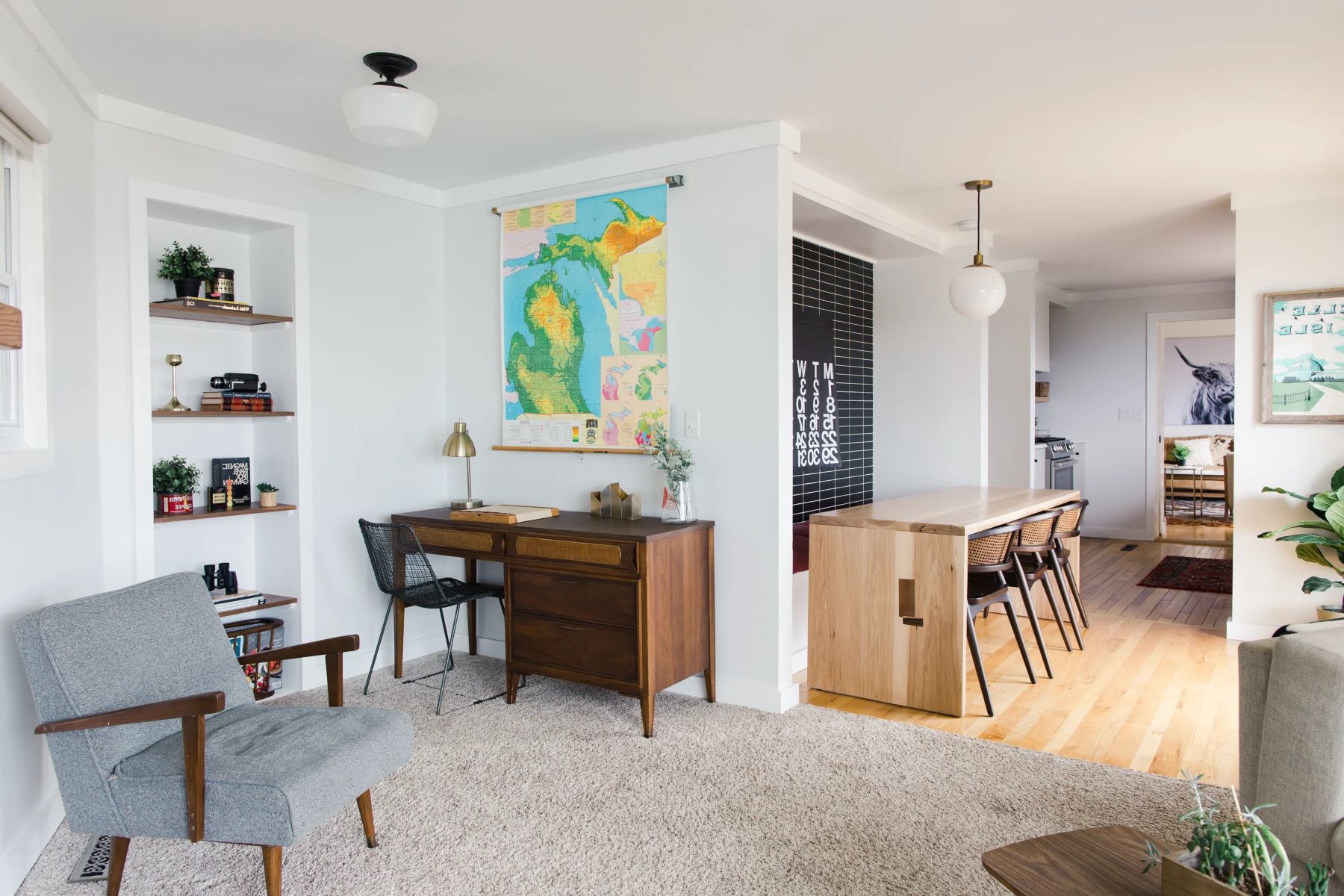
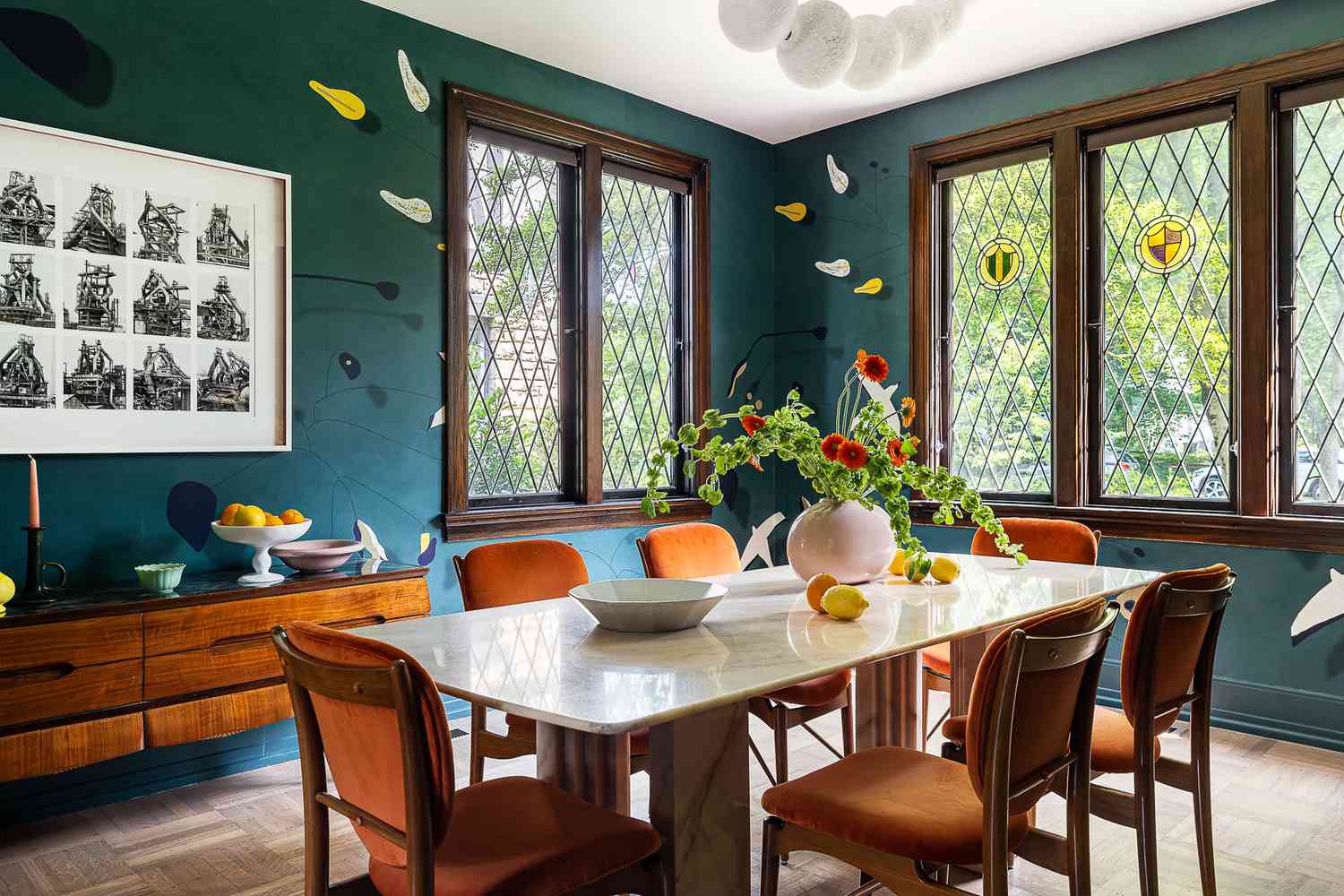
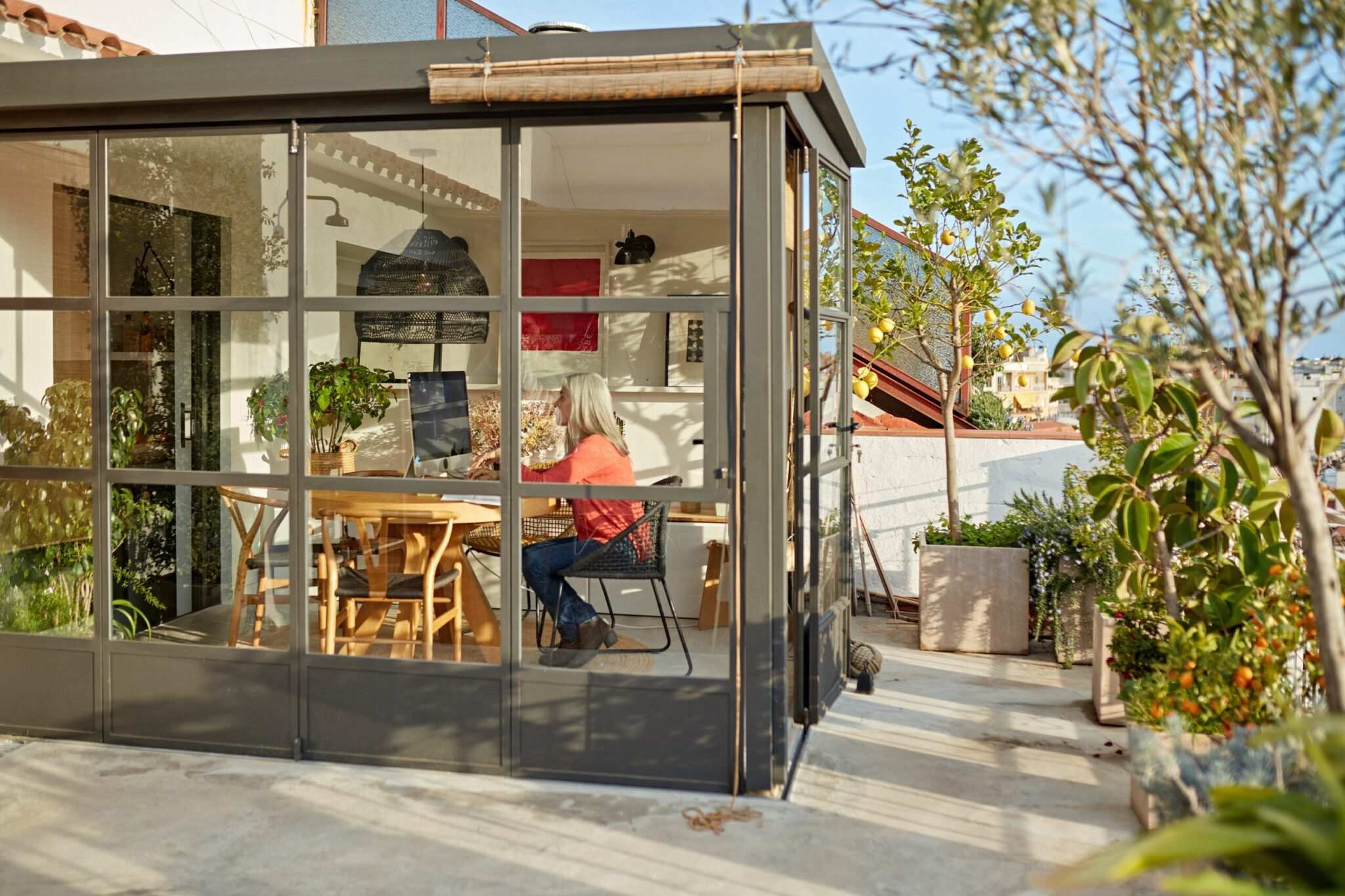
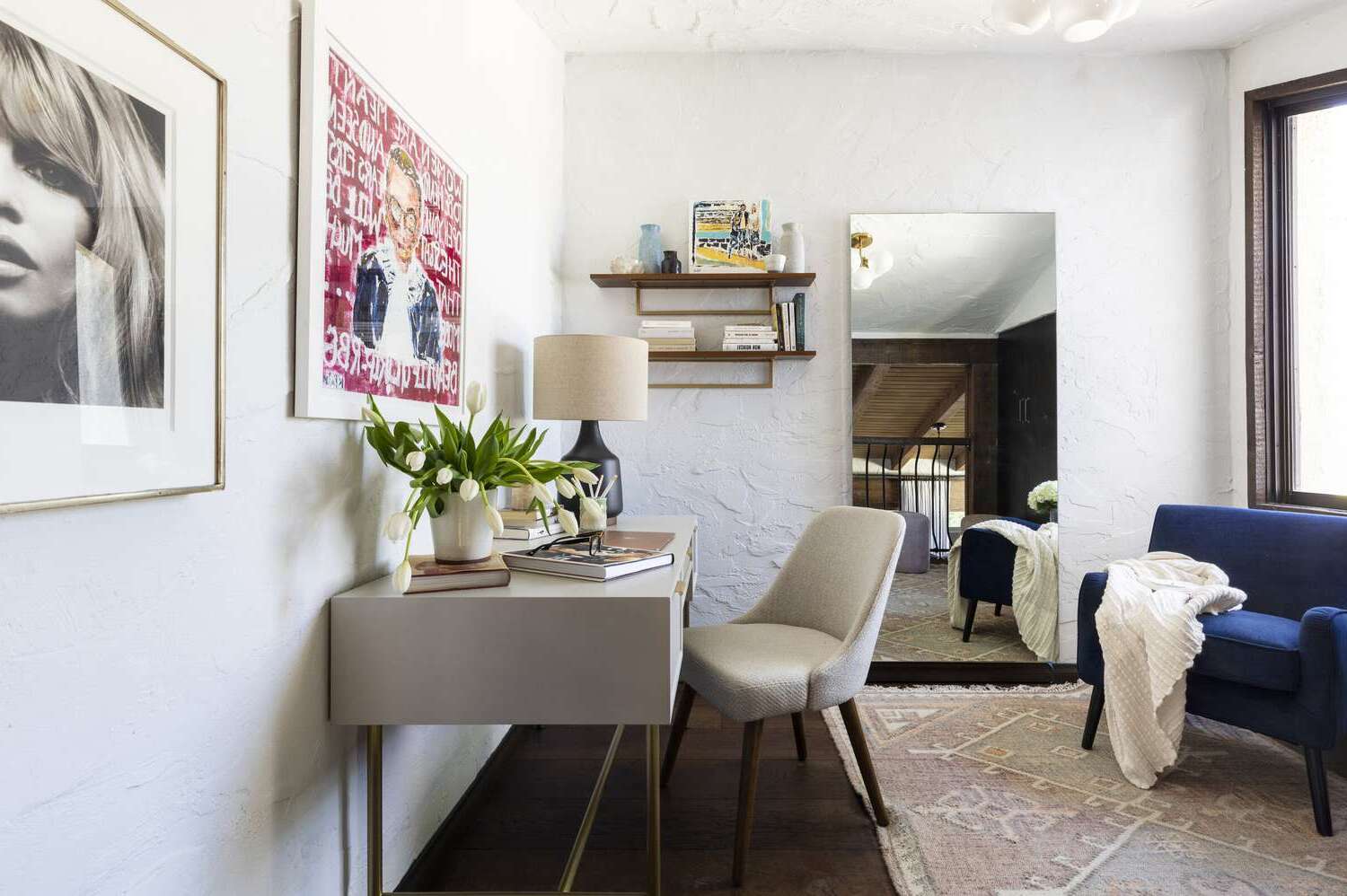
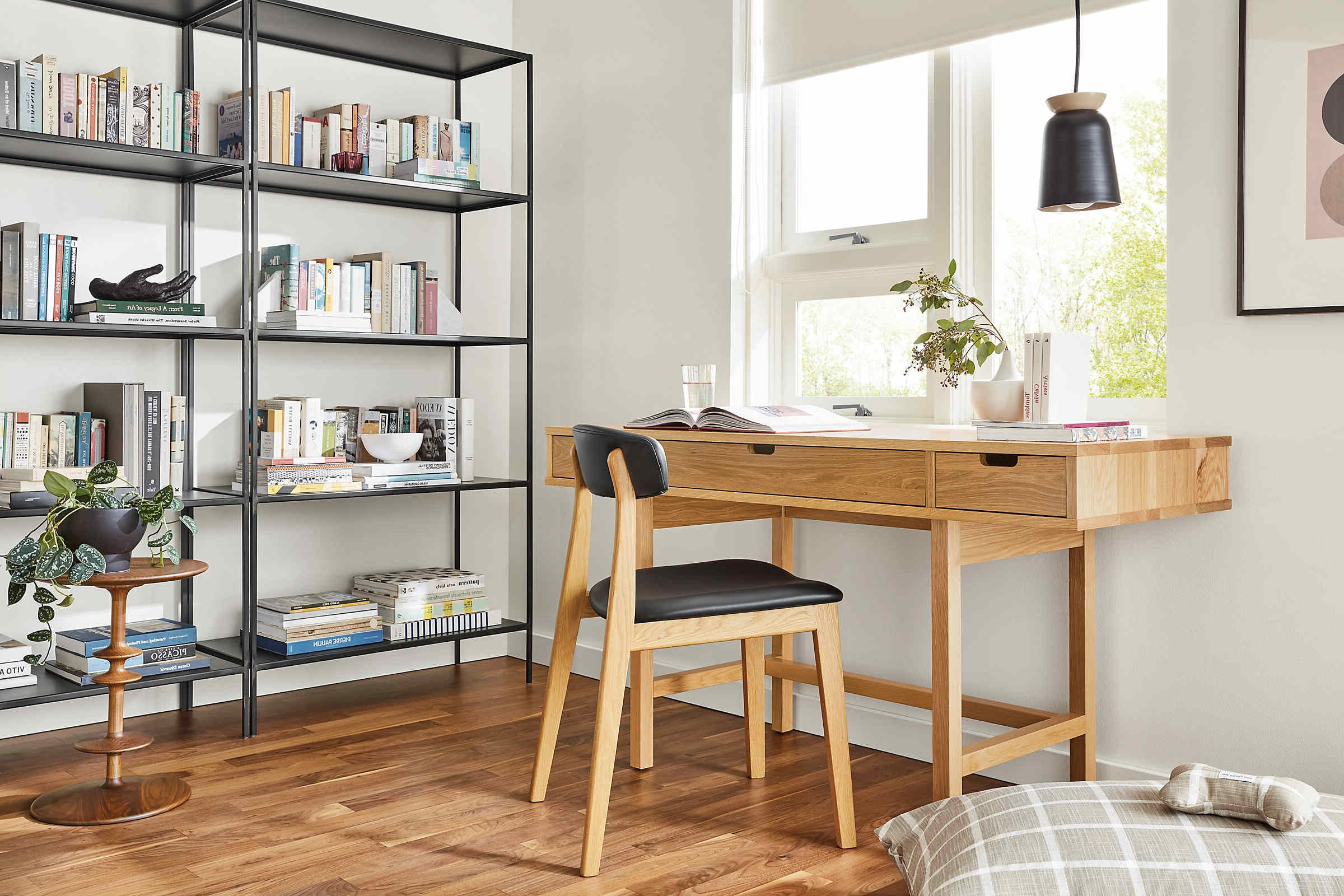
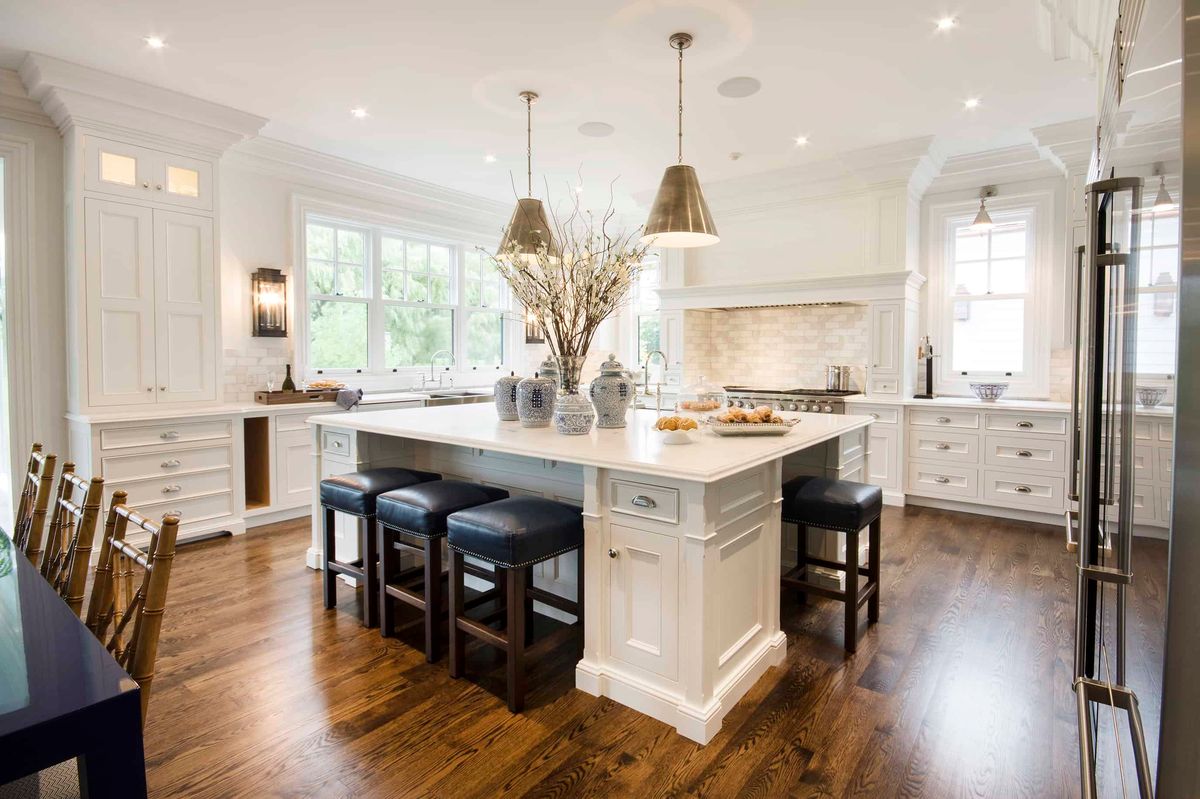
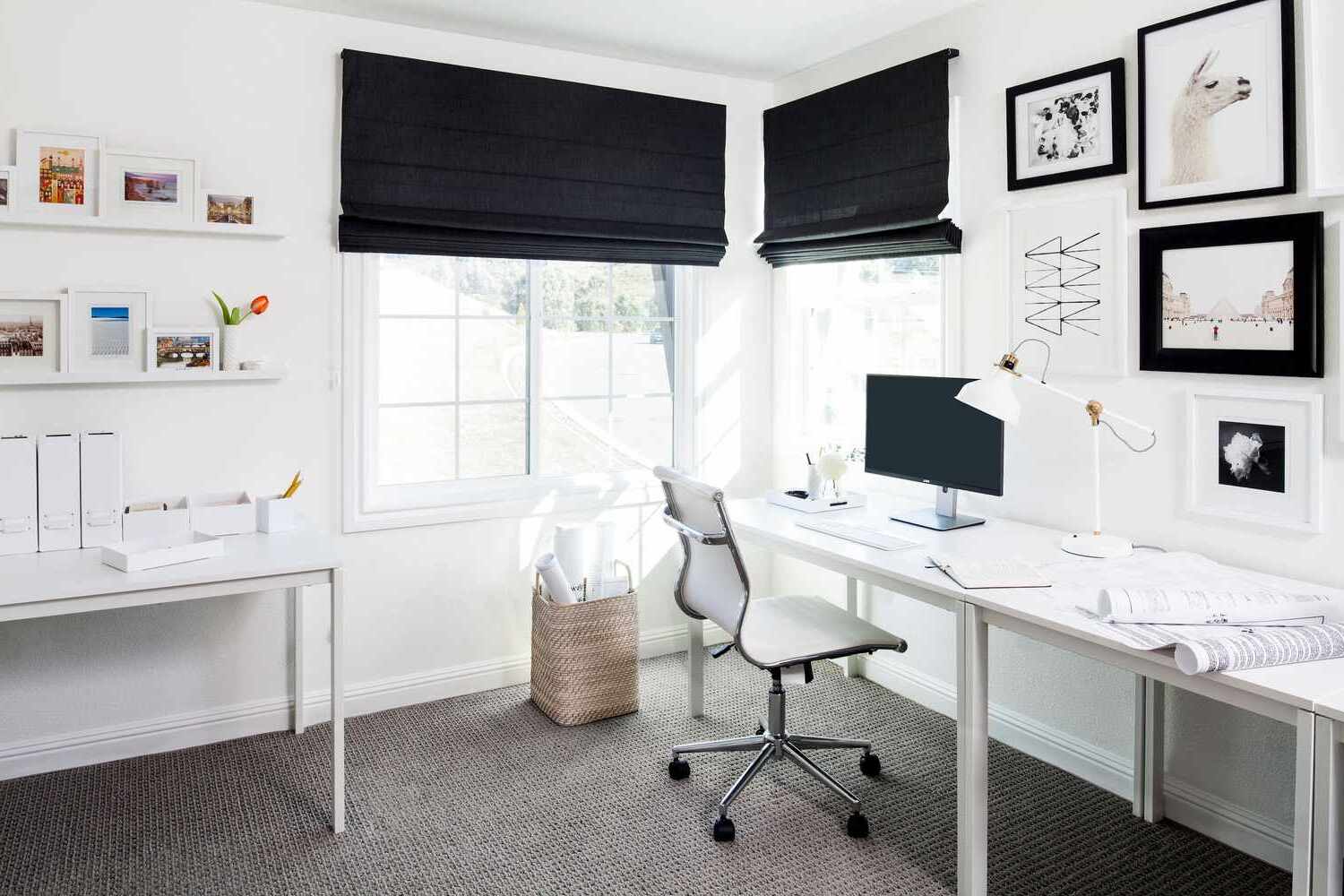
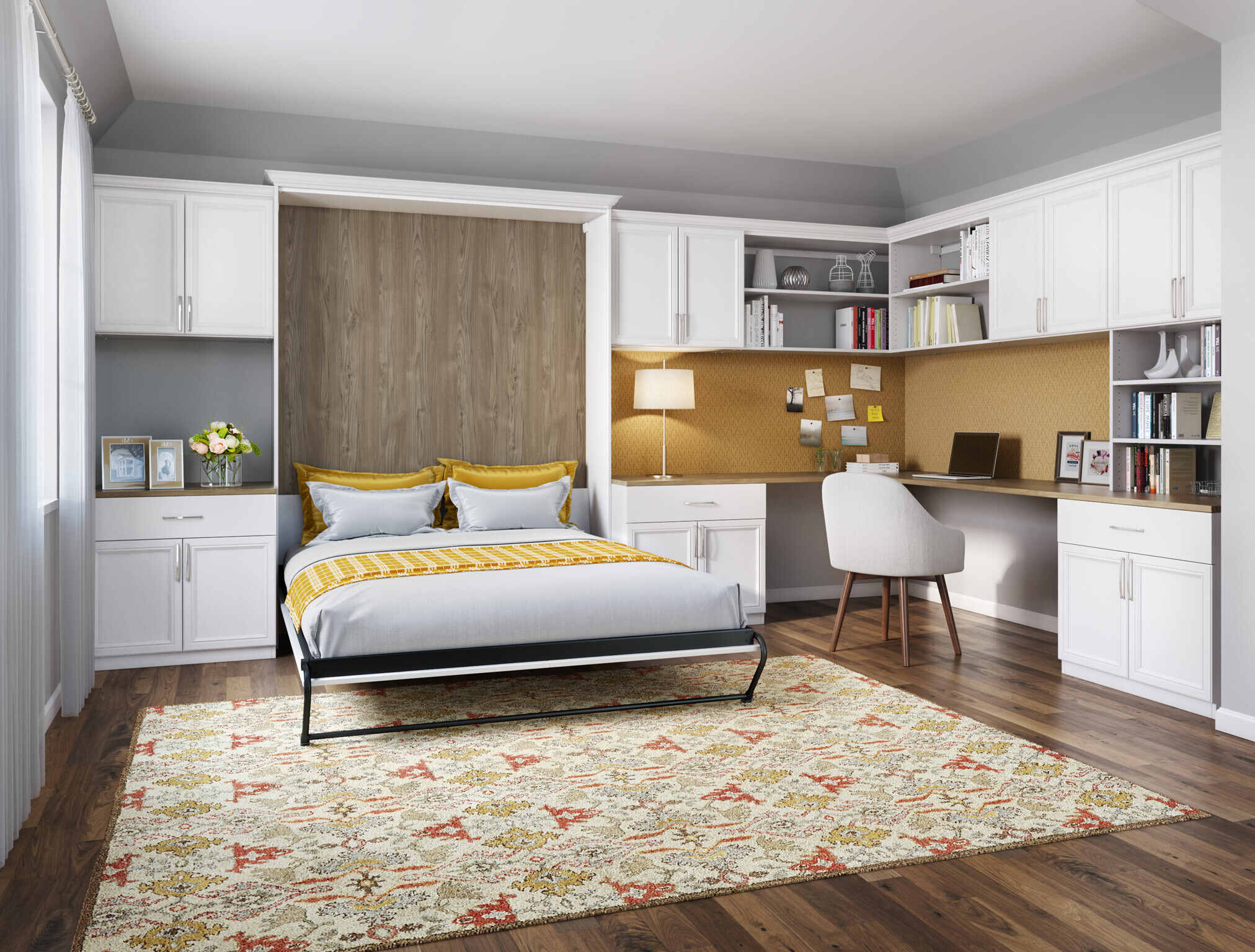
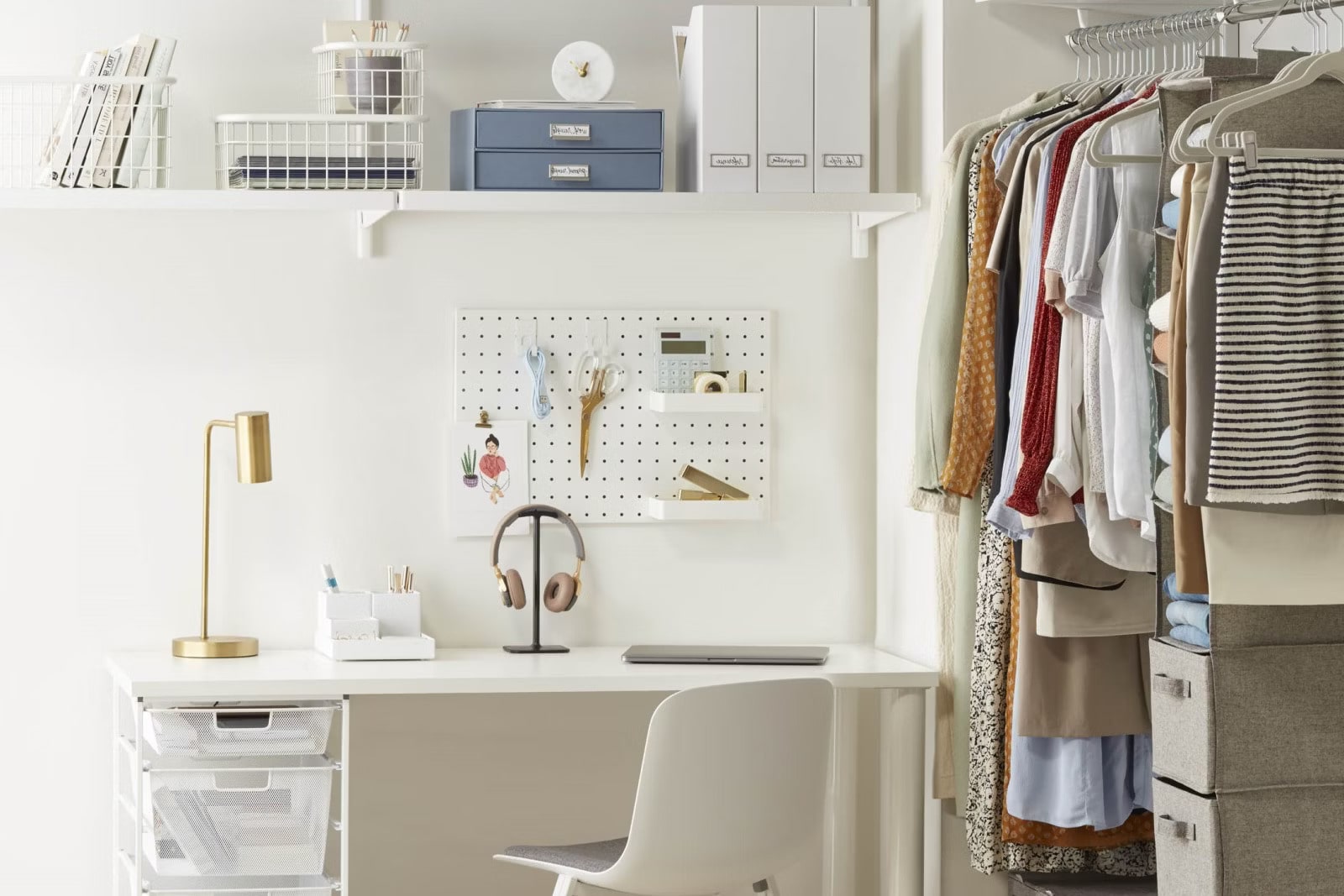
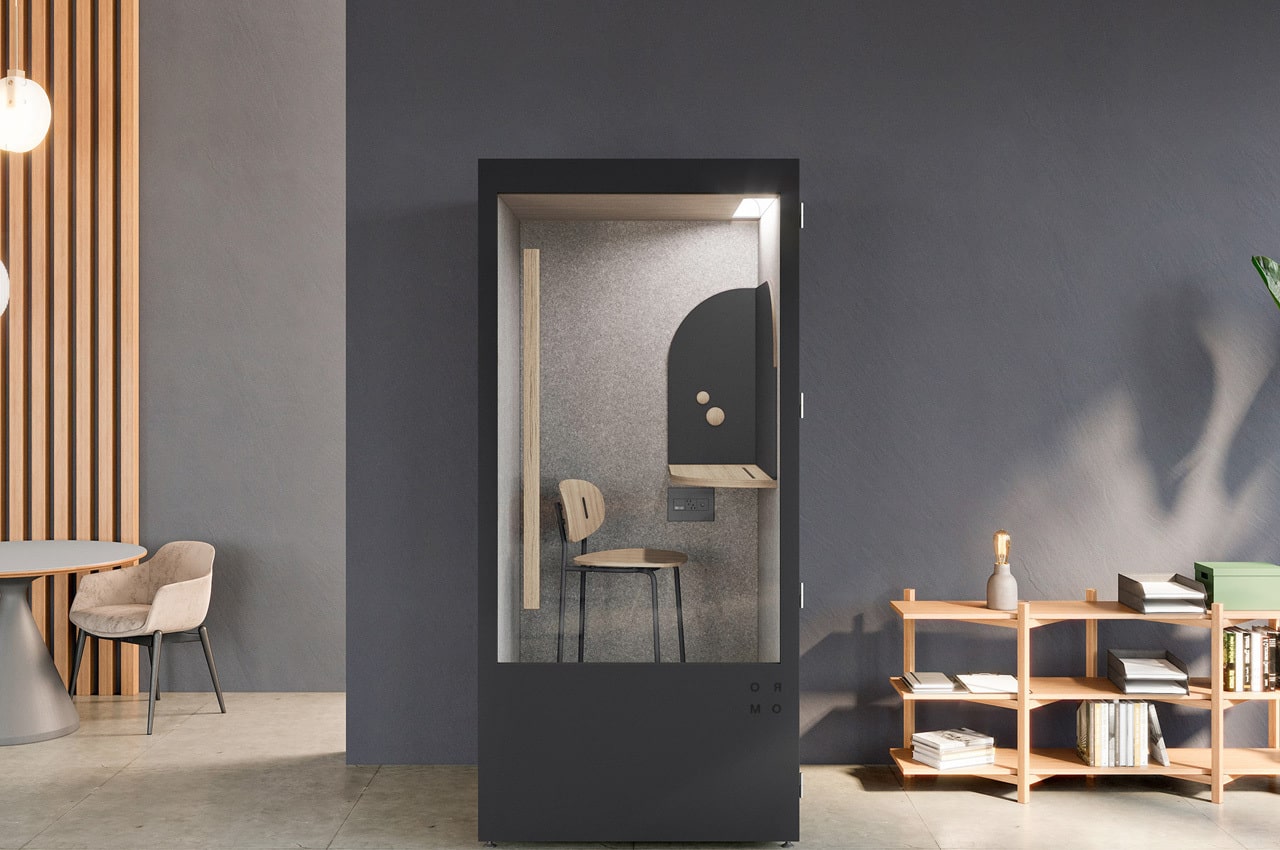
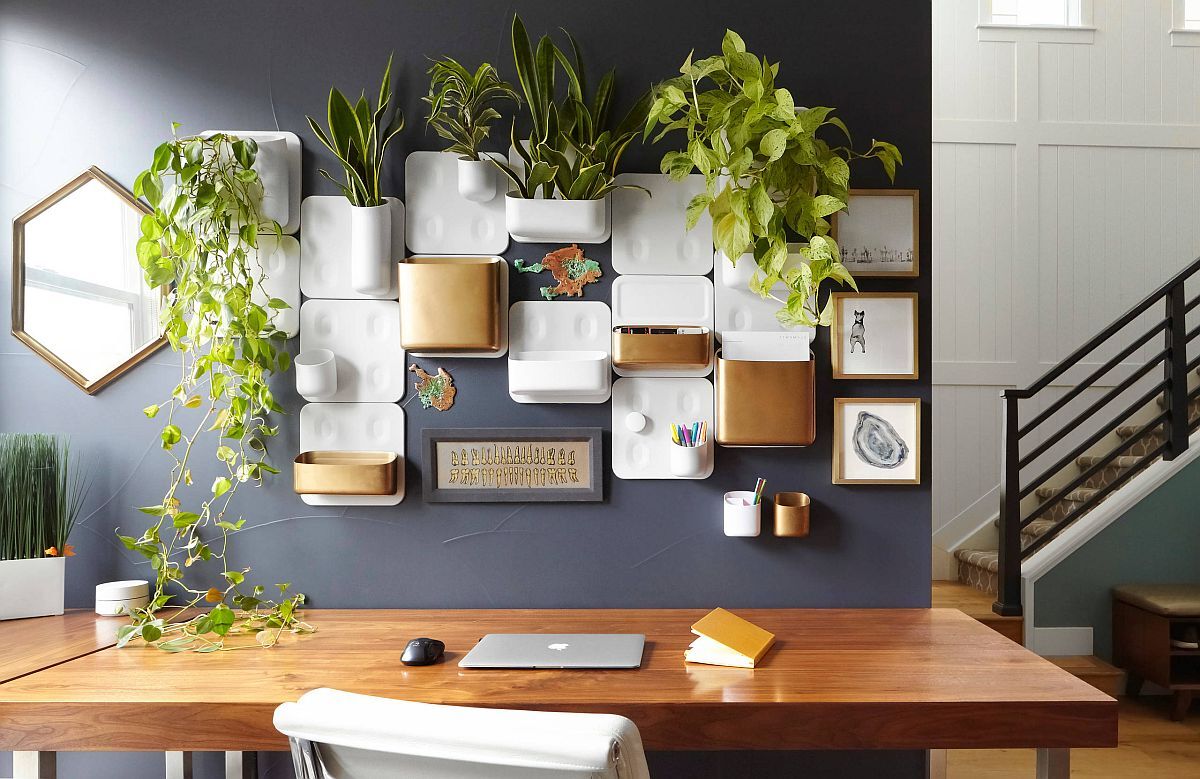
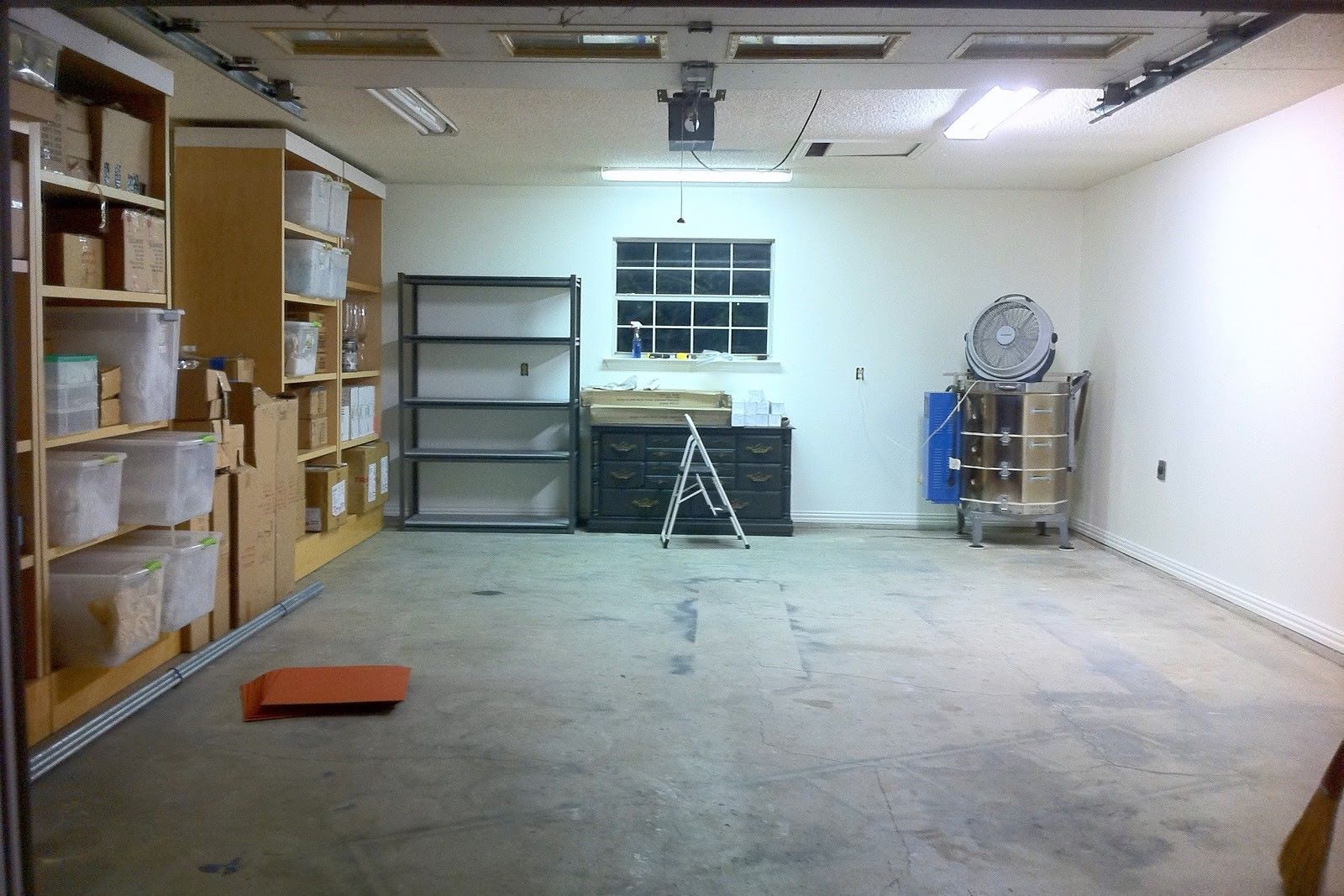
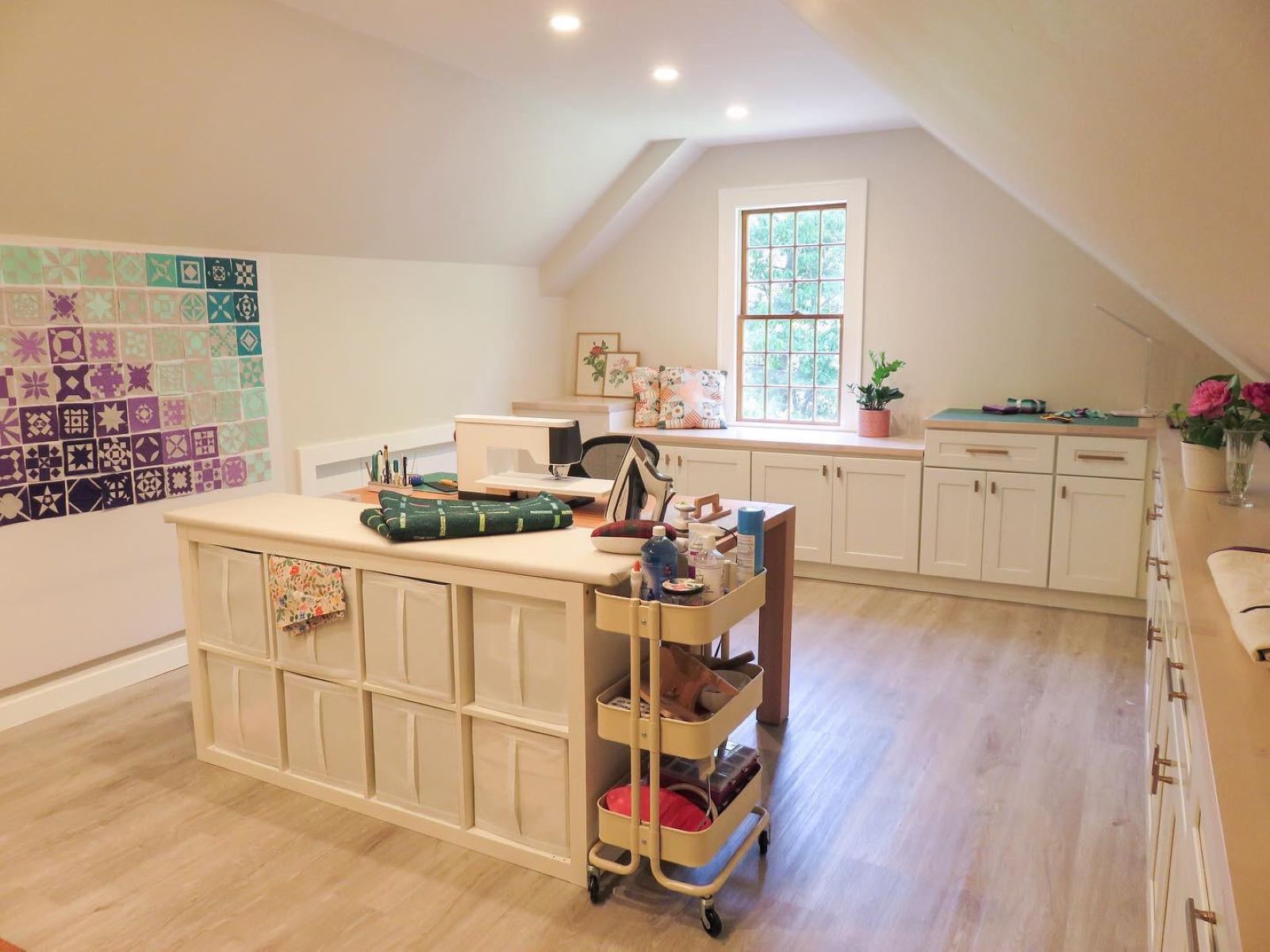
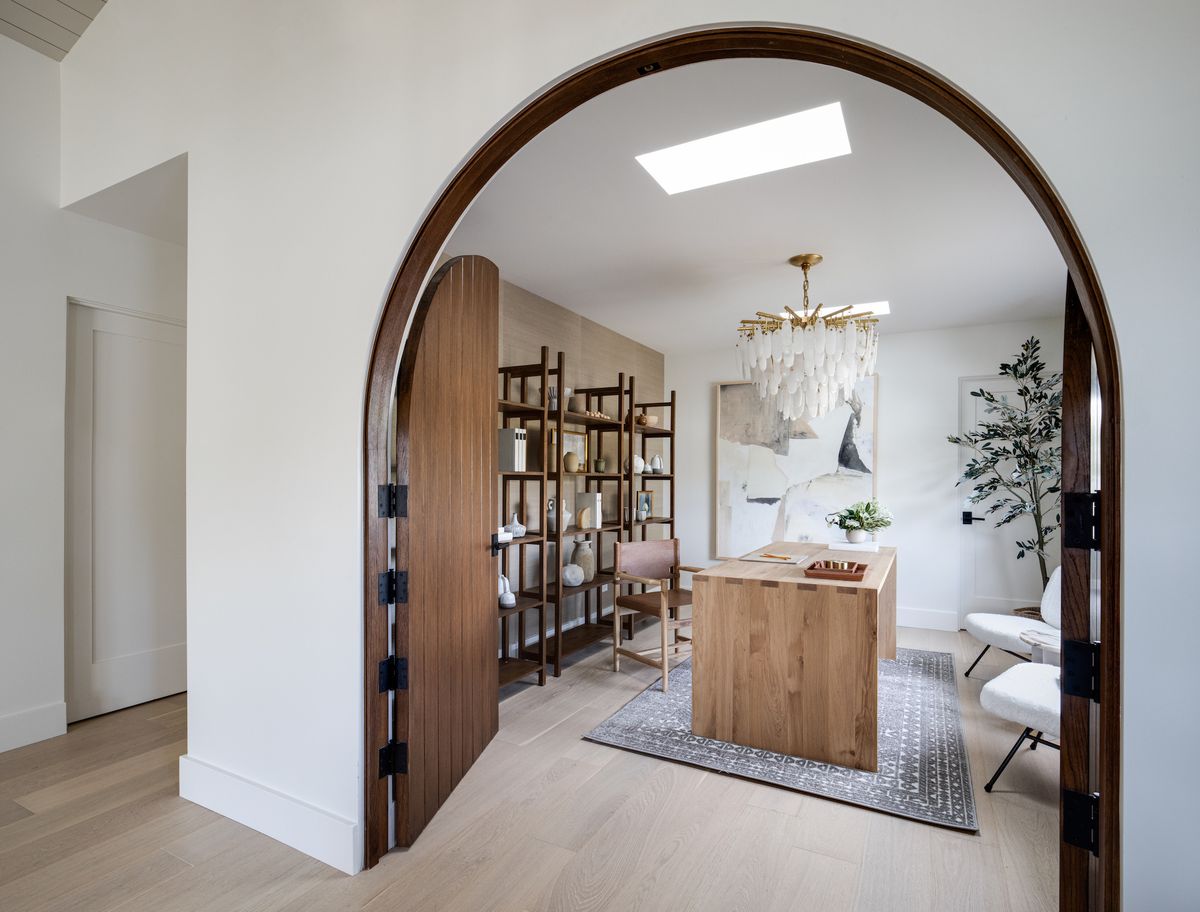

0 thoughts on “Creating A Functional Home Office In A Dining Room”